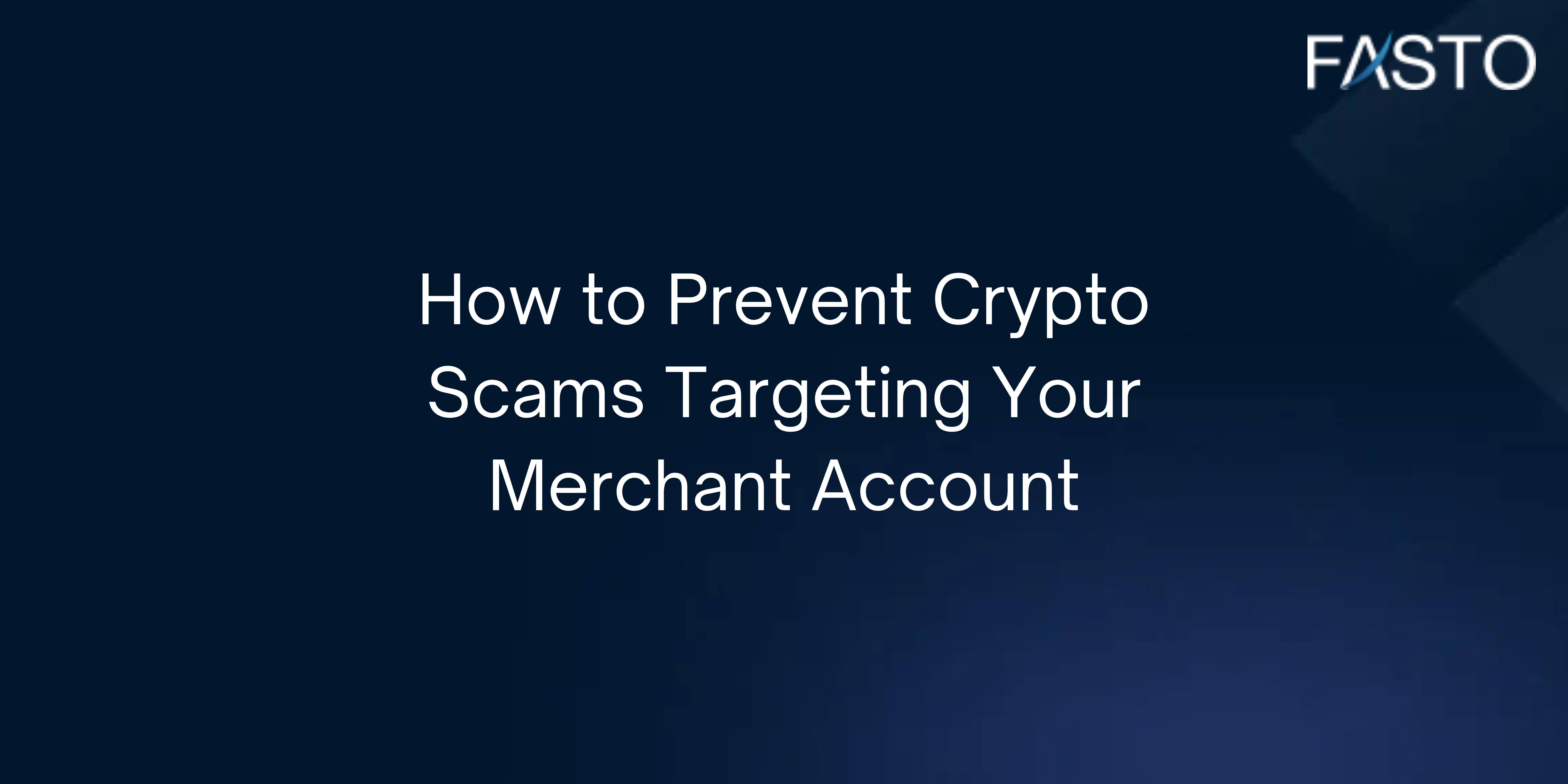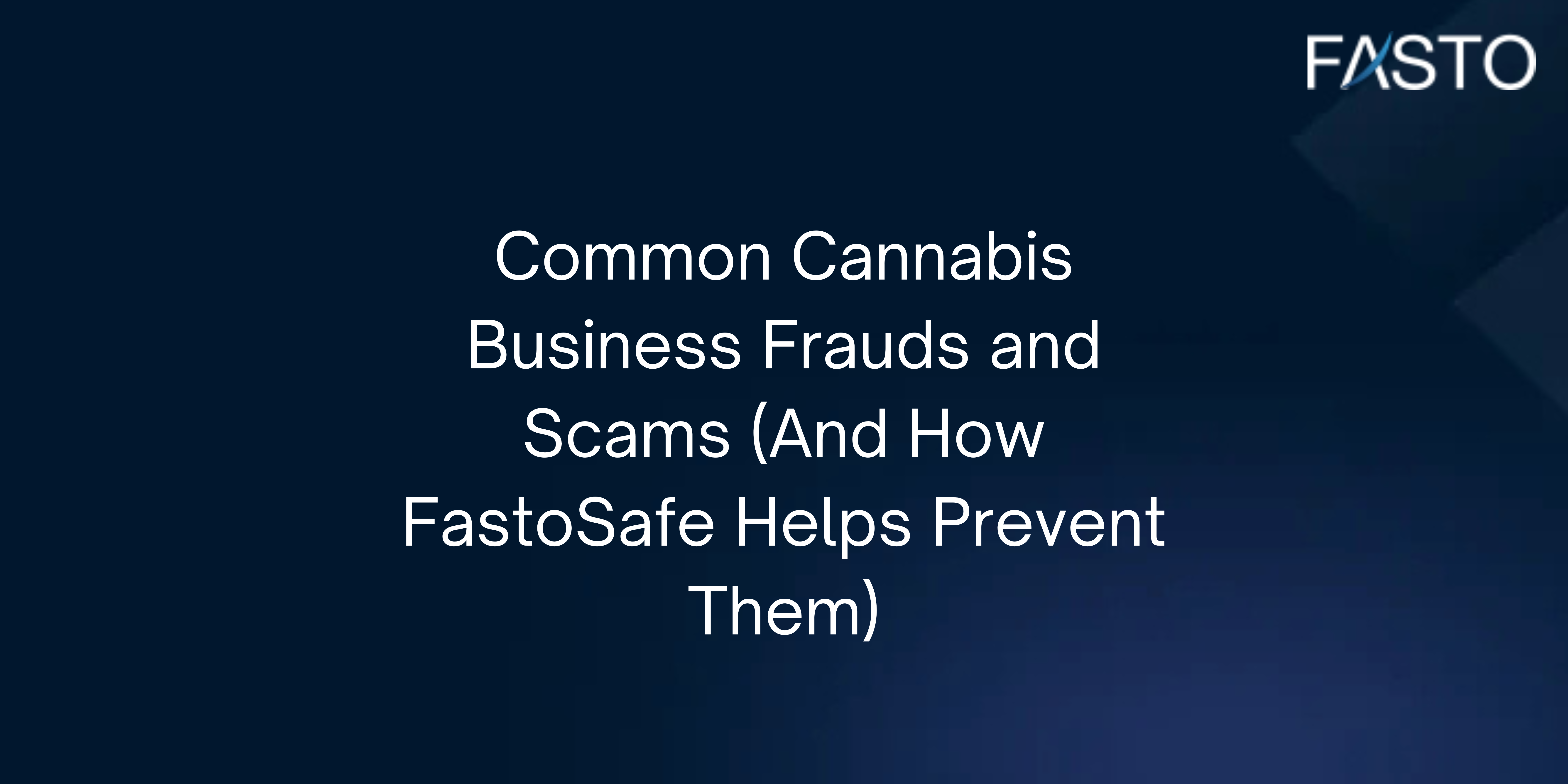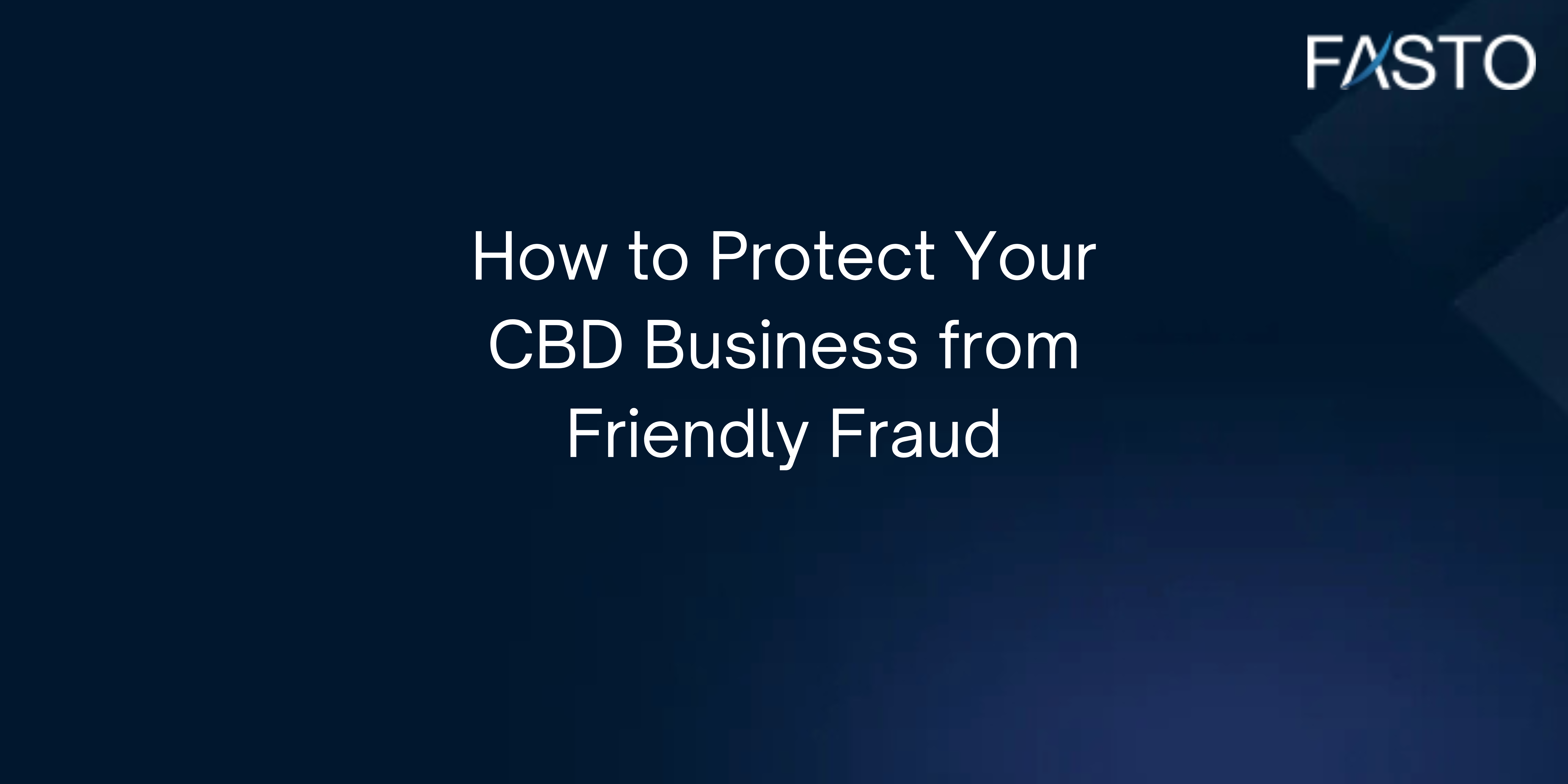If you’re a merchant, 3D Secure (3DS) is something you should pay attention to.
Imagine a world where every transaction feels a tad safer, where you can breathe a bit easier knowing there’s an added layer against potential fraud. That’s 3D Secure for you.
Online payment fraud is skyrocketing, with “consumers reported losing more than $12.5 billion to fraud in 2024, which represents a 25% increase over the prior year” according to FTC.
So, is 3D Secure worth it? The answer is yes, it protects your transactions, reduces fraud, and builds customer trust.
It’s more than just a technical term or a standard procedure, it’s peace of mind in an era where cyber tricks are becoming trickier.
Where with every swipe, click, or tap, there’s always that question ticking in your head: “Is this transaction as safe as it can be?” 3D Secure offers a positive nod to your concern.

What is 3D Secure?
Originally launched in 2001 by Visa Inc. and Arcot Systems, 3D Secure is a global identity verification solution that enhances online payment security.
It is supported by all major credit card networks, but each brands it differently:
- Visa Secure (formerly Verified by Visa)
- Mastercard Identity Check (formerly Mastercard SecureCode)
- American Express SafeKey
- Discover ProtectBuy
- JCB J/Secure
The “3D” in 3D Secure represents the three domains involved:
- Merchant Domain: Your e-commerce store
- Acquirer Domain: The bank processing the payment
- Issuer Domain: The cardholder’s bank
This extra layer of security requires cardholders to verify their identity before completing a transaction, significantly reducing fraudulent transactions.
How 3D Secure Works
When a customer makes a purchase, 3D Secure runs in the background. Most low-risk transactions go through without extra verification.
However, if a purchase seems suspicious, the system triggers a challenge:
- A one-time password (OTP) sent via SMS
- A biometric check (fingerprint or Face ID)
- A banking app approval request
Once verified, the customer is redirected back to the checkout page, and the transaction is completed.
The Evolution of 3D Secure: From A Pain Point to A Competitive Advantage
Old 3D Secure (1.0)
- Slow & Clunky and caused 40% cart abandonment
- Had several disruptive pop-ups leading to poor user experience
- Had limited fraud prevention capabilities
New 3D Secure (2.0 & 2.2)
- Faster checkout, without the annoying pop-ups
- Better fraud detection, using 100+ data points for risk analysis
- Mobile-optimized, works with Face ID, fingerprint, and banking apps
- 70% drop in cart abandonment
Are You Obligated to Implement 3D Secure?
While 3D Secure is not mandatory, many regions require Strong Customer Authentication (SCA) under PSD2 regulations (Europe, UK, India, Australia, Singapore).
If you don’t use 3D Secure, banks may decline transactions or flag them as high risk. Even in countries where it’s not required, payment networks offer lower fees & liability protection for merchants using 3DS.
For high-risk industries (CBD, gaming, travel, electronics), implementing 3D Secure is crucial to avoid fraud-related chargebacks and account terminations.
3D Secure Credit Card Authentication: Why It Matters
3D Secure acts like a “digital bouncer” for your payments, ensuring only legitimate transactions go through.
Benefits for Merchants (especially, high-risk merchants)
- Liability Shift: Fraud-related chargebacks fall on the card issuer, not you
- 50-80% Fraud Reduction: Fraudsters avoid merchants with 3DS
- Lower Processing Fees: Payment networks offer better rates
- Higher Approval Rates: Fewer declined transactions
- Enhanced Customer Trust: Customers feel safer using secure checkout

How 3D Secure Works: Step-by-Step Breakdown
Card Information Collection: The customer enters their credit or debit card details during checkout.
3D Secure Enrollment Confirmation: The system checks whether the card is enrolled in 3D Secure.
Redirection to Provider’s 3D Secure Page: If enrolled, the customer is redirected to a secure page hosted by their card issuer.
Additional Security Authentication: The customer may be required to enter a password, confirm via a mobile banking app, or input a one-time passcode (OTP) sent via SMS or email.
Redirection to Merchant’s Website: Once authentication is successful, the customer is automatically redirected back to your checkout page.
Payment Confirmation: The payment is processed, and the customer sees a final confirmation that the transaction is complete.
Which E-Commerce Payment Providers Support 3D Secure?
Implementing 3D Secure is essential for protecting transactions, reducing chargebacks, and improving authorization rates. Here’s how leading payment providers integrate 3D Secure into their systems.
FastoSafe
FastoSafe offers full integration with 3D Secure 2.0, ensuring secure authentication for online transactions. It also offers advanced fraud prevention and chargeback protection layers, with AI-powered risk analysis, blacklisted database checks, and real-time fraud detection. With FastoSafe merchants benefit from an extra layer of protection that enhances 3D Secure, minimizing fraudulent activity while improving customer trust.
Square
- Uses 3D Secure + Risk Manager for fraud prevention
- Liability shift applies, reducing merchant risk
- Available even in non-SCA regions
PayPal
- Uses 3D Secure with Payflow payment gateway
- Merchants must use third-party plugins for full 3DS 2.0 support
- Global coverage, ideal for international merchants
WooCommerce
- WooPayments integrates 3D Secure natively
- Supports 135+ currencies
- Simplifies chargeback disputes
Shopify
- Shopify Payments has built-in 3D Secure
- Optimized for low-friction authentication
- Compliance is automatic in certain countries
Stripe
- Fully supports 3D Secure 2.0
- Customizable 3DS rules with Radar for Fraud Teams
- Liability shift applies to authenticated transactions
Reasons for 3D Secure Authentication Failures (and How to Fix Them)
The need for a secure and glitch-free checkout experience led to the emergence of 3D Secure Authentication. While this extra layer of protection is great overall but when you look closely you might find yourself caught in the web of authentication failures, disrupting your payment flow. Here are the most common issues with 3D Secure authentication and how to solve them.

1. Incomplete Transaction Data
As they say, the devil is in the details. If there are inaccuracies in your transaction data, especially when dealing with bulk orders, be wary because it can trigger authentication failures.
So, best way to deal with it is to implement data validation processes which make sure every tiny-winy bit of information is accurate.
2. Outdated E-commerce Platforms
Well if you are a merchant relying on many e-commerce platforms, chances are you may encounter compatibility issues with some of them.
Here’s a tip: Make sure your chosen platform aligns with the 3D Secure framework. That’s why it’s always advisable to go for established platforms like FastoPayments which can consolidate this process and you can be less worried about compatibility.
3. System Lag and Old Protocols
It’s mostly your systems which bear the brunt of outdated 3D Secure protocols.
So, in order to avoid this, regularly update your payment gateway and systems to be in league with the latest standards of verification. This will even reduce the risk of system lag.
4. Network Overload in Peak Sales
High traffic can sometimes overwhelm your networks. Yes, it hurts, but it happens.
What you need to do is to protect your network infrastructure to handle peak loads during sales or promotions. And for this you should partner with reliable network providers so you can maintain your online presence without potential transaction glitches.
5. Poor Fraud Detection
The battle against frauds is ongoing.
So, you should employ advanced fraud detection systems to differentiate between legitimate and suspicious activities. You can do so by integrating tools like FastoSafe into your fraud prevention tool-kit to protect yourself from fraudsters.
6. Customer Confusion About 3D Secure
A common woe for merchants, like you, is customers unaware of or unwilling to enrol in 3D Secure, especially if your customer is based in a region where it’s not necessary.
Go ahead and bridge this knowledge gap by educating your customer base on its benefits. You can also make it easier to convince them by using user-friendly platforms.
7. Cart Abandonment Due to Slow Authentication
If you’re grappling with the challenge of cart abandonment, it might be due to prolonged authentication processes. This could be also the thing hurting your 3DS.
So, instead improve your verification flow to minimize delays. An easy, quick 3DS process would encourage your customers to complete their purchase journey without abandoning their carts.
Get 3D Secure Payments With FastoSafe
FastoSafe offers:
- Built-in 3D Secure 2.0 for seamless authentication
- AI-powered fraud screening to prevent unauthorized transactions
- Real-time blacklisted database checks to catch fraudsters
- Liability shift protection to reduce chargeback risks
- Full compliance with PSD2, SCA, and global security standards
Why Choose FastoSafe?
FastoSafe isn’t just a security tool, it’s your business protection strategy. With built-in fraud prevention, lower processing fees, and liability protection, it ensures safe and smooth transactions for you and your customers.
Get a free quote today and start securing your payments with 3D Secure!
A version of this article was published in October 2023. Last updated in 2025.


